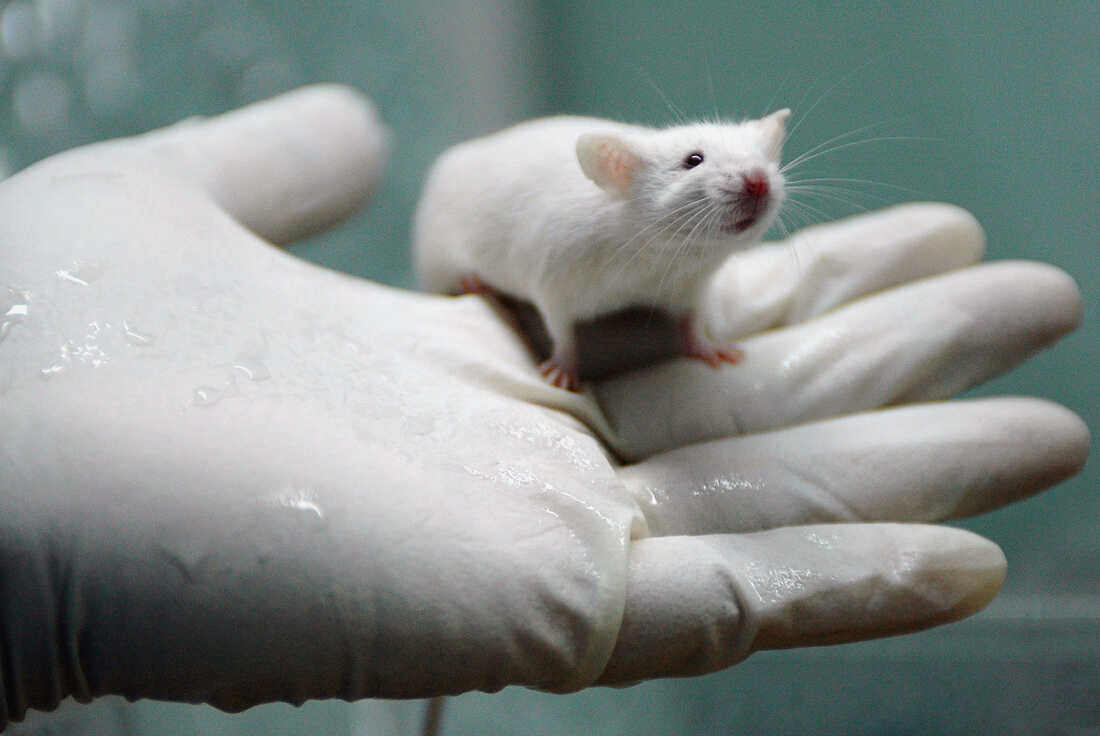A preclinical study in a rat model of the disease suggests that a peptide known as BPC 157 may prevent or treat pulmonary arterial hypertension (PAH) and its side effects. Peptides are short chains of amino acids, which are the building blocks of proteins.
The results imply that BPC 157 would be worth looking into as a possible PAH therapy.

A group of scientists from Croatia published their results in the book Biomedicines under the title “Stable stomach pentadecapeptide BPC 157 therapy for monocrotaline-induced pulmonary hypertension in rats leads to prevention and reversal.”
BPC 157 has been examined in ulcerative colitis, a kind of inflammatory bowel illness, and multiple sclerosis as a substance that protects cells. However, no research had examined the substance’s mode of action in PAH.
In particular, BPC 157 may repair endothelium damage induced in the tissue layer lining blood vessels as seen in PAH since it is a cytoprotective drug. The substance has been demonstrated to prevent blood vessel obstruction, improve wound healing, and possibly trigger the release of nitric oxide, a vasodilator. It is an anti-stomach-ulcer peptide that is stable in human gastric juice.
The group employed a rat model of PAH in which symptoms can be brought on by injecting a substance called monocrotaline shortly afterward. BPC 157 was administered either orally or as a daily injection into the peritoneal cavity, which houses the abdominal organs. Instead of food, control rats were given a salt solution.
“It was expected that BPC 157 therapy would have two effects, preventive and curative,” the researchers concluded. As a result, BPC 157 was administered either as an early (prophylactic) treatment beginning right away after the monocrotaline injection or as a late (curative) treatment beginning roughly two weeks later.
Half of the control rats died within a month due to symptoms like weight loss, decreased activity, and stunted growth. Contrarily, mice given treatment with BPC 157 either exhibited no symptoms when given early treatment or a reversal of symptoms when given delayed treatment.
The effects of BPC 157 also affected the heart, as demonstrated by echocardiography, a test that demonstrates how the heart and its blood vessels are functioning.
The effort made by the heart to pump blood via clogged pulmonary arteries as a result of PAH is well established to cause right-sided heart failure, also known as cor pulmonale. Other heart parameters were altered, and control rats’ hearts had thicker walls and higher right ventricular pressure. When given the early treatment, BPC 157-treated animals either showed no changes in cardiac parameters or reverted any alterations within a week of starting the delayed treatment.
The medication may lower pressure and improve blood flow through the pulmonary artery because, when the researchers examined the walls of the pulmonary artery more closely, they discovered that the walls of control rats were thicker than those of BPC 157-treated rats.
According to the researchers’ conclusions, “BPC 157 protects and counteracts monocrotaline-induced pulmonary arterial hypertension and cor pulmonale in rats.” Regardless of the timing and method of delivery, the effects were seen. They said, “This implies a consistent impact and a variety of administration alternatives.” They stated that “BPC 157 will probably be relevant for therapy” in light of the “significance and limits of the monocrotaline model.”
